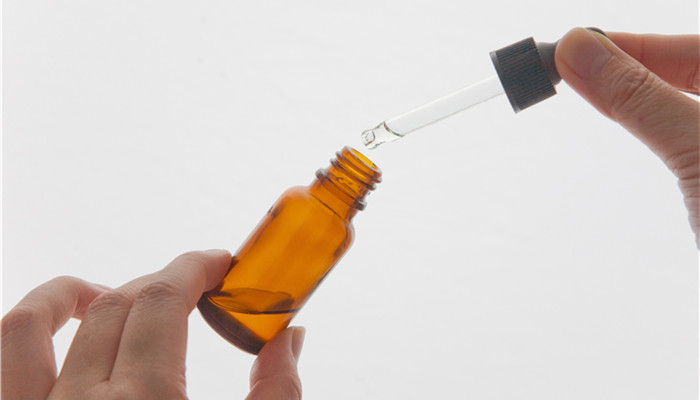
The synthesis process of jasmonone is diverse and the future market development potential is huge.
Jasmone is a volatile organic compound that can be extracted from jasmine oil. At normal temperature and pressure, jasmone appears as a colorless to light yellow oily transparent liquid, soluble in ethanol, acetone, ether, carbon tetrachloride and grease, and slightly soluble in water. Jasmone has the special and elegant aroma of jasmine. As an important spice ingredient, jasmone can be used to prepare jasmine essence, which is widely used in cosmetics, skin care products, edible spices and other fields.
Jasmone is a natural substance found in jasmine, spearmint, bergamot, mint, tea and various flowers. Jasmone exists in two different isomeric forms around the pentenyl double bond, namely cis-jasmone and trans-jasmone, of which cis-jasmone has a fruity, floral and jasmine smell. The main component of natural jasmone is cis-jasmone, while synthetic jasmone contains both, but cis-jasmone is still the main component.
Natural jasmone can be produced by the decarboxylation reaction of plant jasmonic acid. Natural jasmone is found in jasmine oil, neroli oil, bergamot oil, etc. There are various preparation processes for the synthesis of jasmone. Currently, there are more than 200 published synthesis routes for jasmone. However, due to the problems of low yield, complex process, expensive raw materials and other problems in the synthesis process, large-scale and batch production of jasmone is difficult. big.
According to the “2022-2027 Jasmonone Industry Market In-depth Research and Investment Prospect Forecast Analysis Report released by the Industrial Research Center, in In the international market, jasmone manufacturers include BASF, Australia’s Nufarm Company, etc. my country’s jasmone suppliers are generally small in scale, with fierce market competition and uneven product quality. The market needs to be standardized in the future.
Jasmonone has the ability to activate genes that resist nematodes and insects in various field crops and vegetables and induce plant defense systems. Based on this property, jasmonone can be used as a repellent, attractant, nematicide, etc. to control plant parasitic nematodes. In 2019, the product registration application for cis-jasmone + Bacillus amyloliquefaciens strain was approved for marketing by the U.S. Environmental Protection Agency (EPA) and registered for seed treatment of corn, cotton and soybeans.
In recent years, with the upgrading of dietary consumption, consumers’ requirements for pesticide residues in agricultural products have continued to increase. In order to meet the escalating market demand, the demand for new, safe, and low-toxic pest control products has increased. Against this background, the botanical pesticide market Development accelerates. Jasmone is a new type of plant-derived pesticide. With its market promotion, jasmone will have broader development prospects in the agricultural field in the future.
Industry analysts said that jasmone is widely found in jasmine, spearmint, and bergamot. With its unique smell, jasmone It can be formulated with jasmine essence, which is widely used in cosmetics, edible spices and other fields. In addition, jasmone also has anti-nematode function and has broad application prospects in the agricultural field. With the upgrading of consumption and the development of green pesticides, the jasmonone market has great development potential in the future.

 微信扫一扫打赏
微信扫一扫打赏

